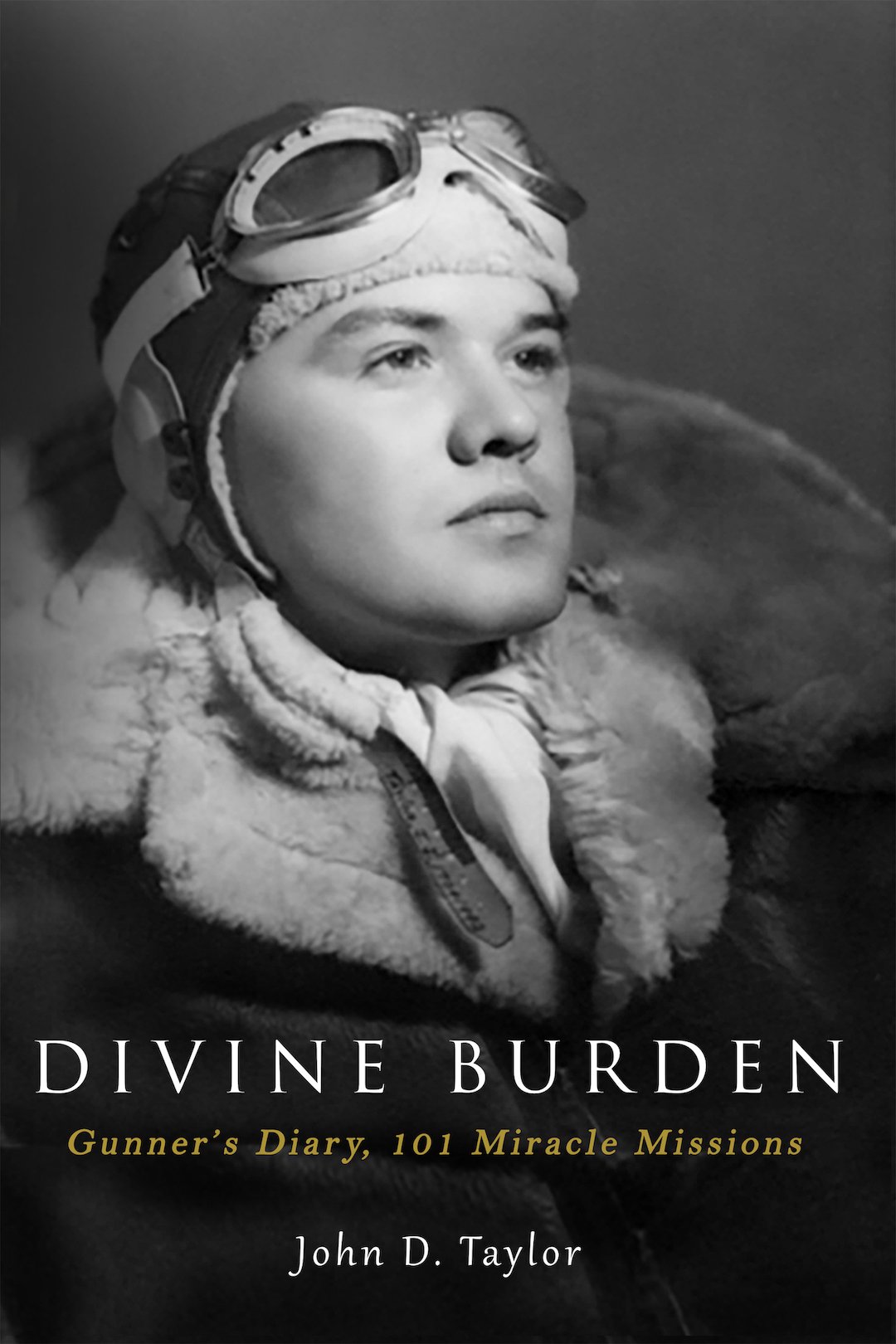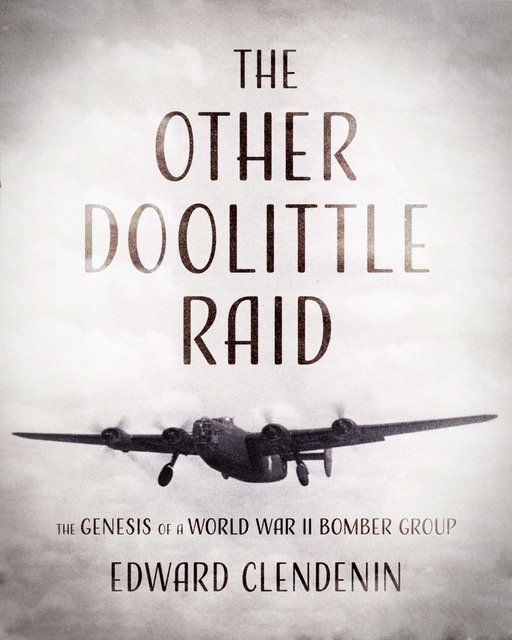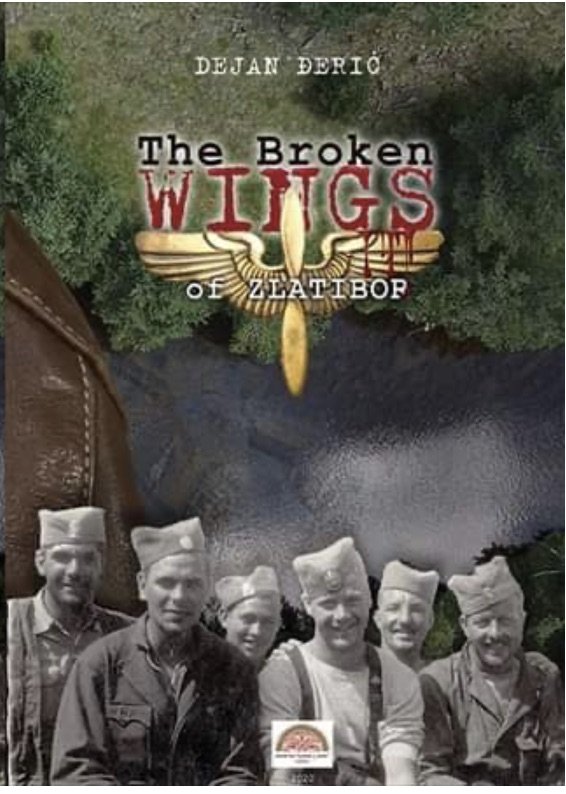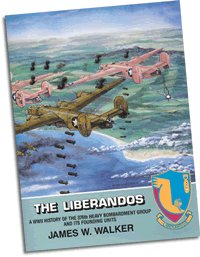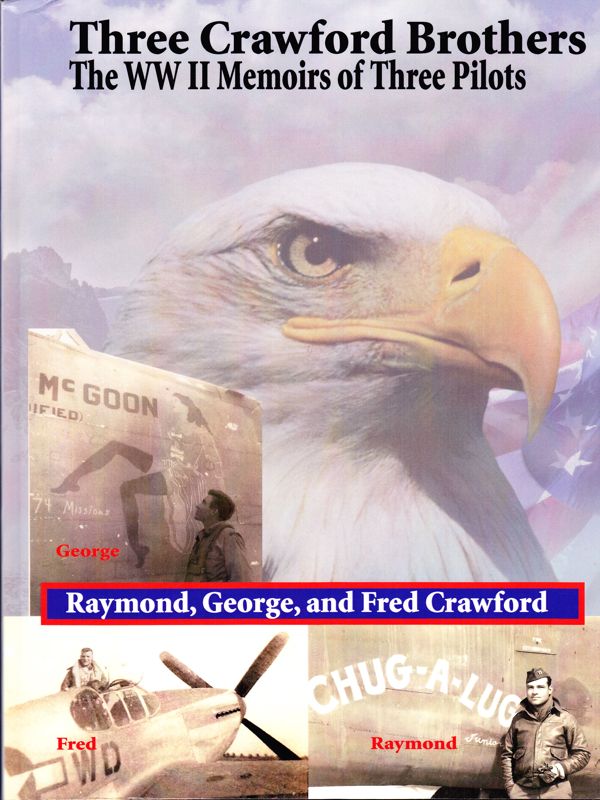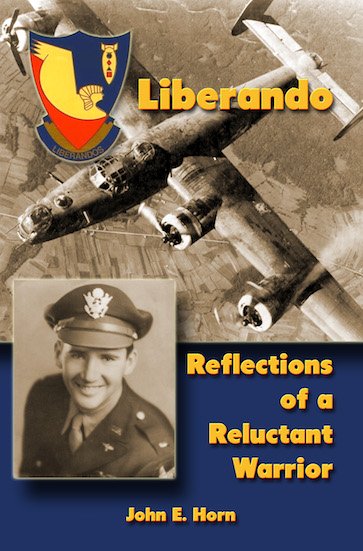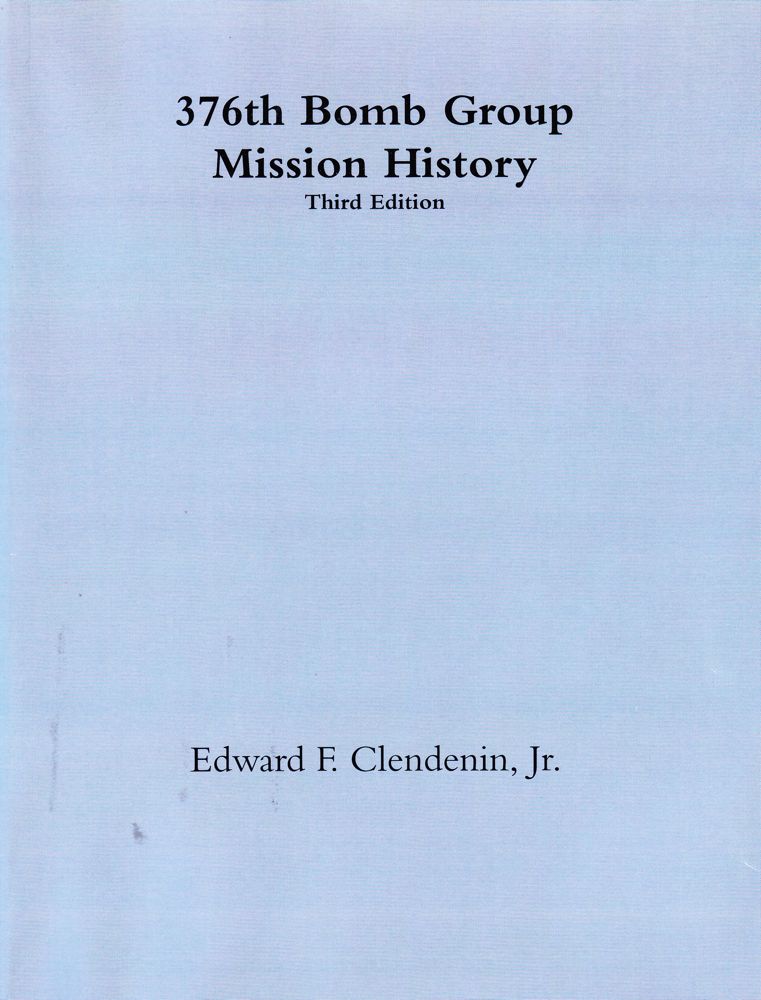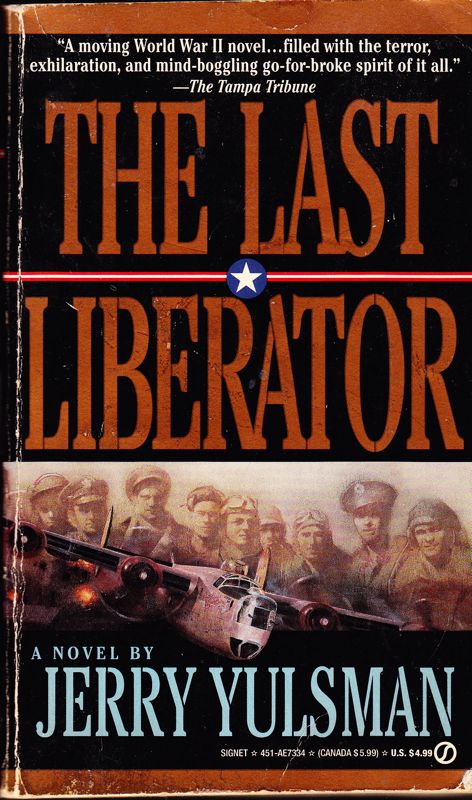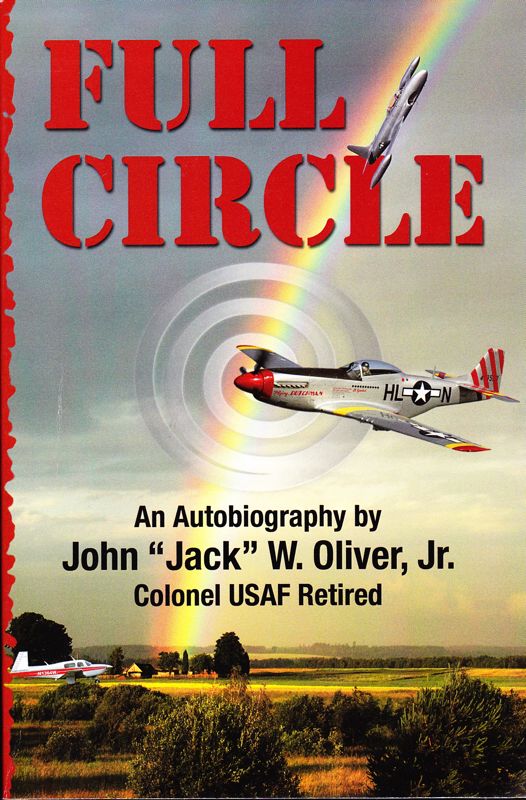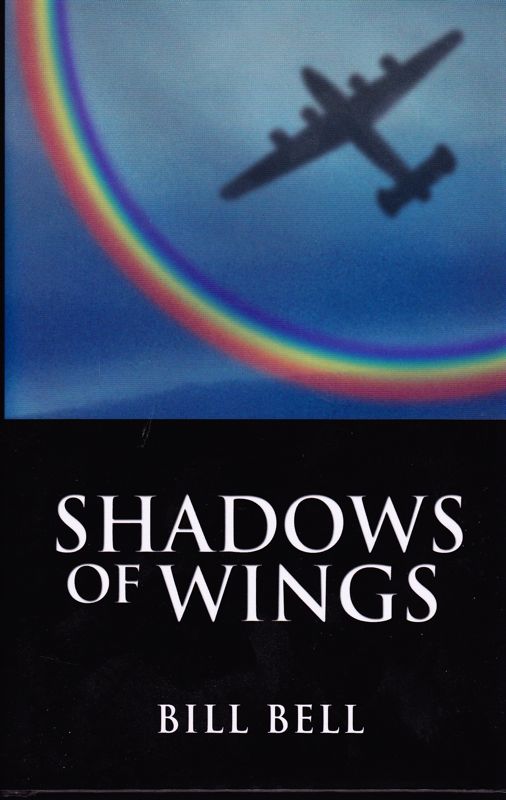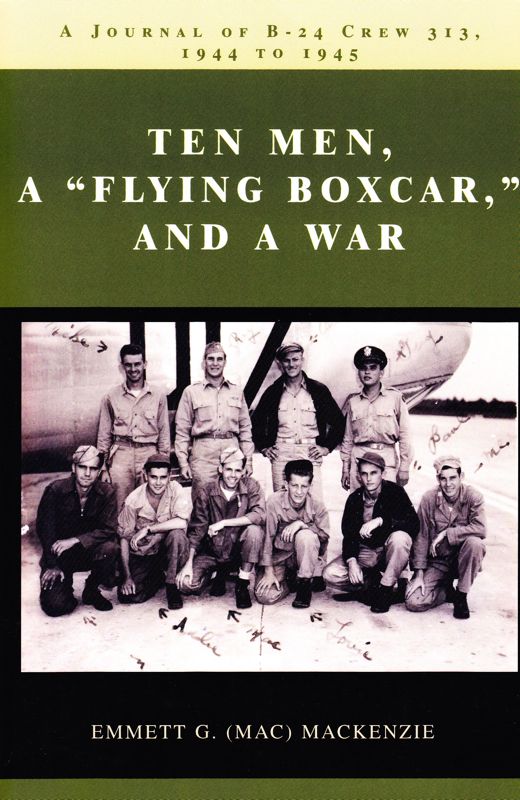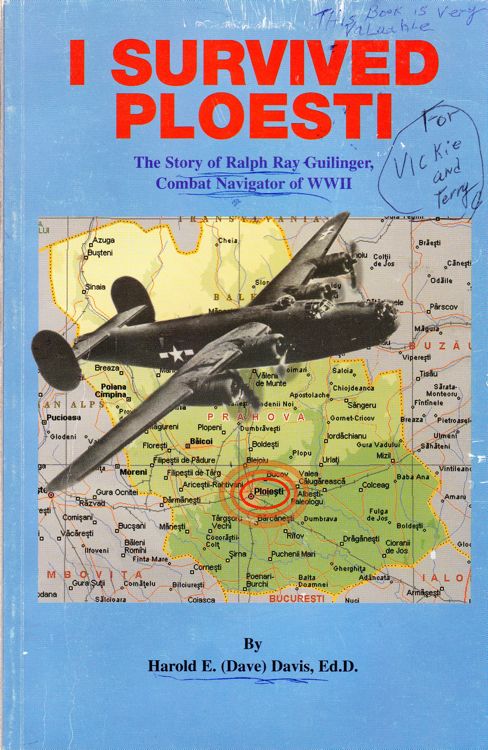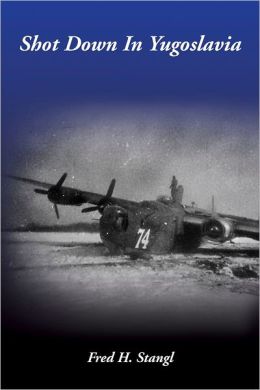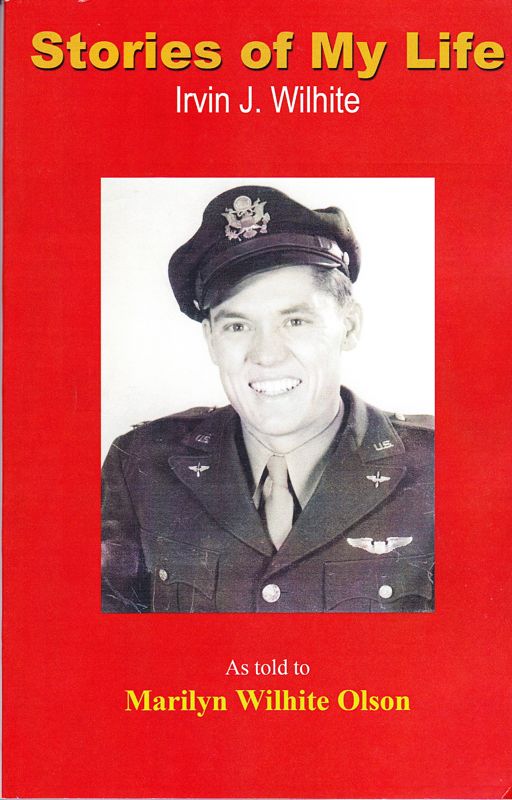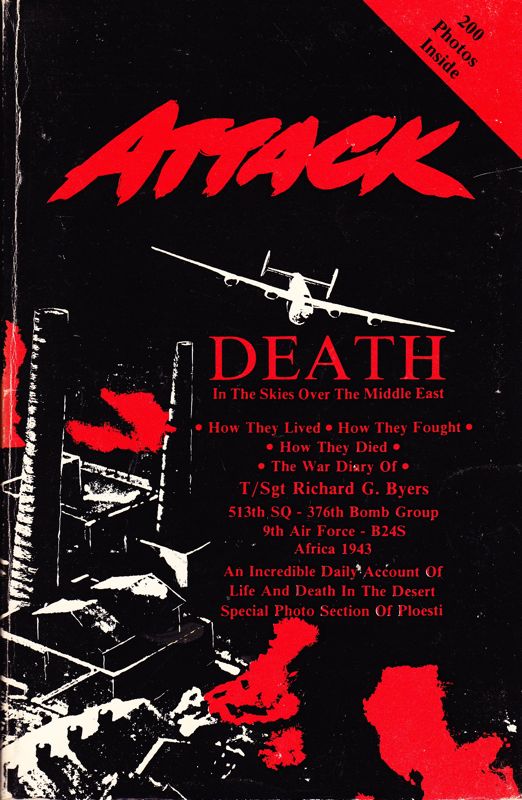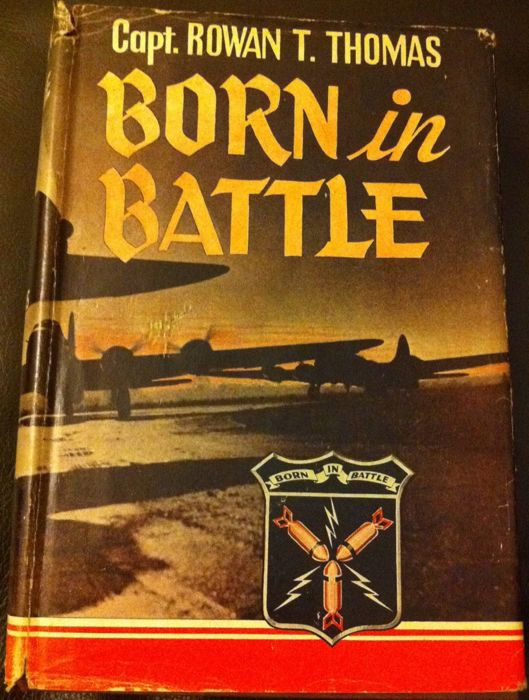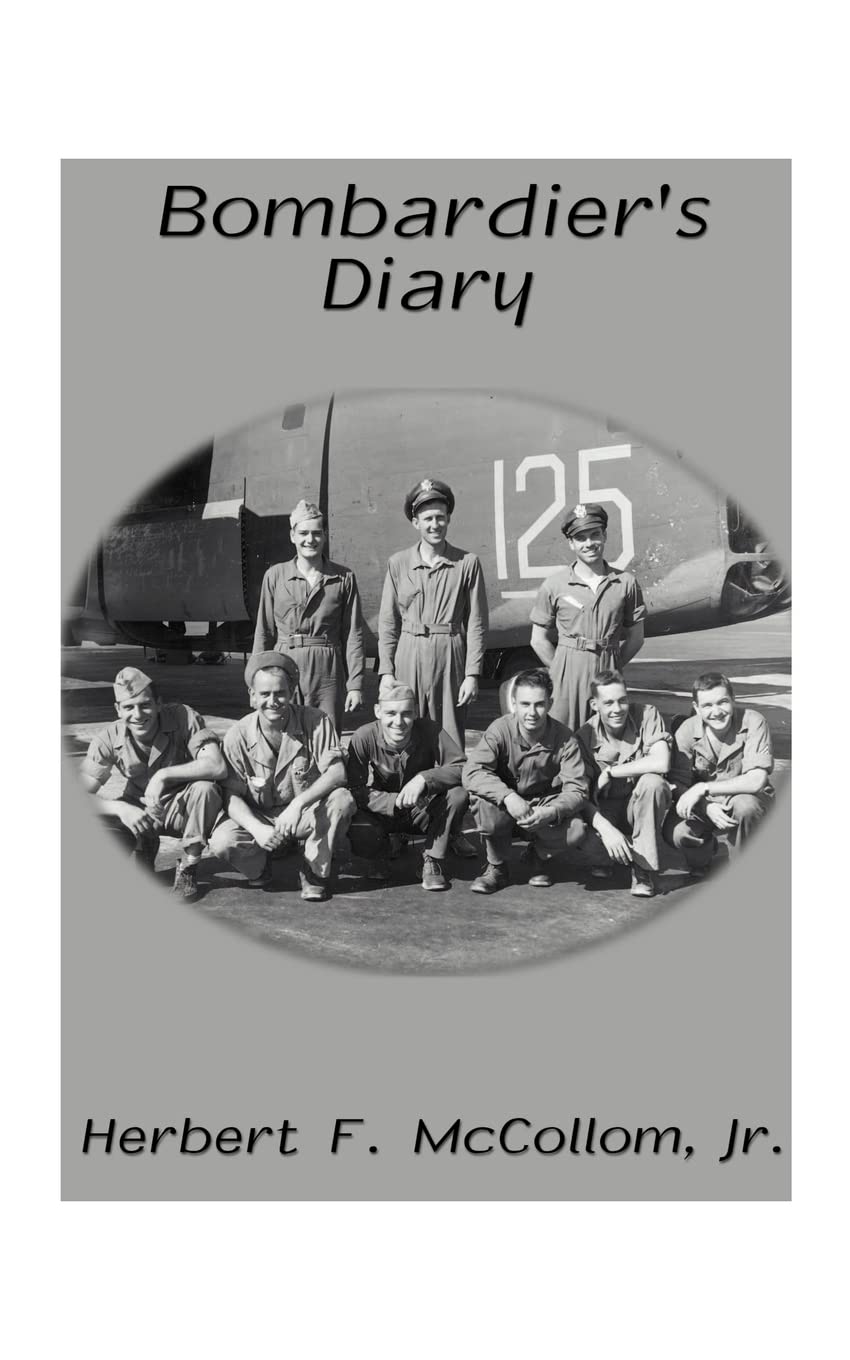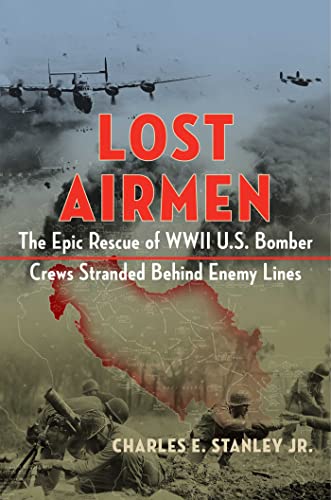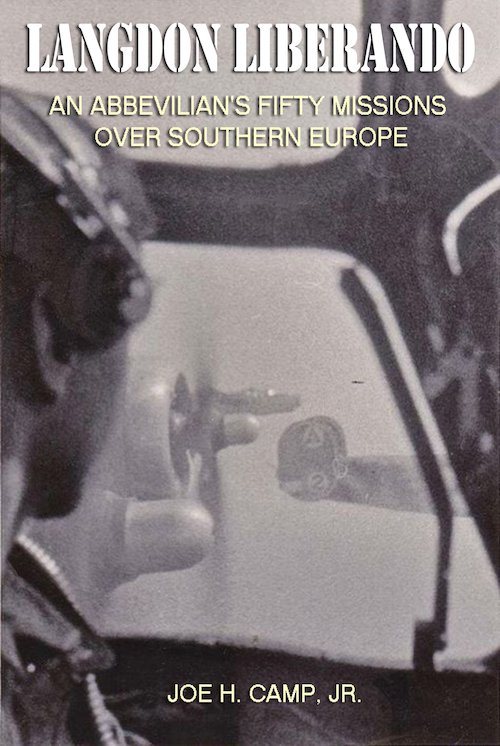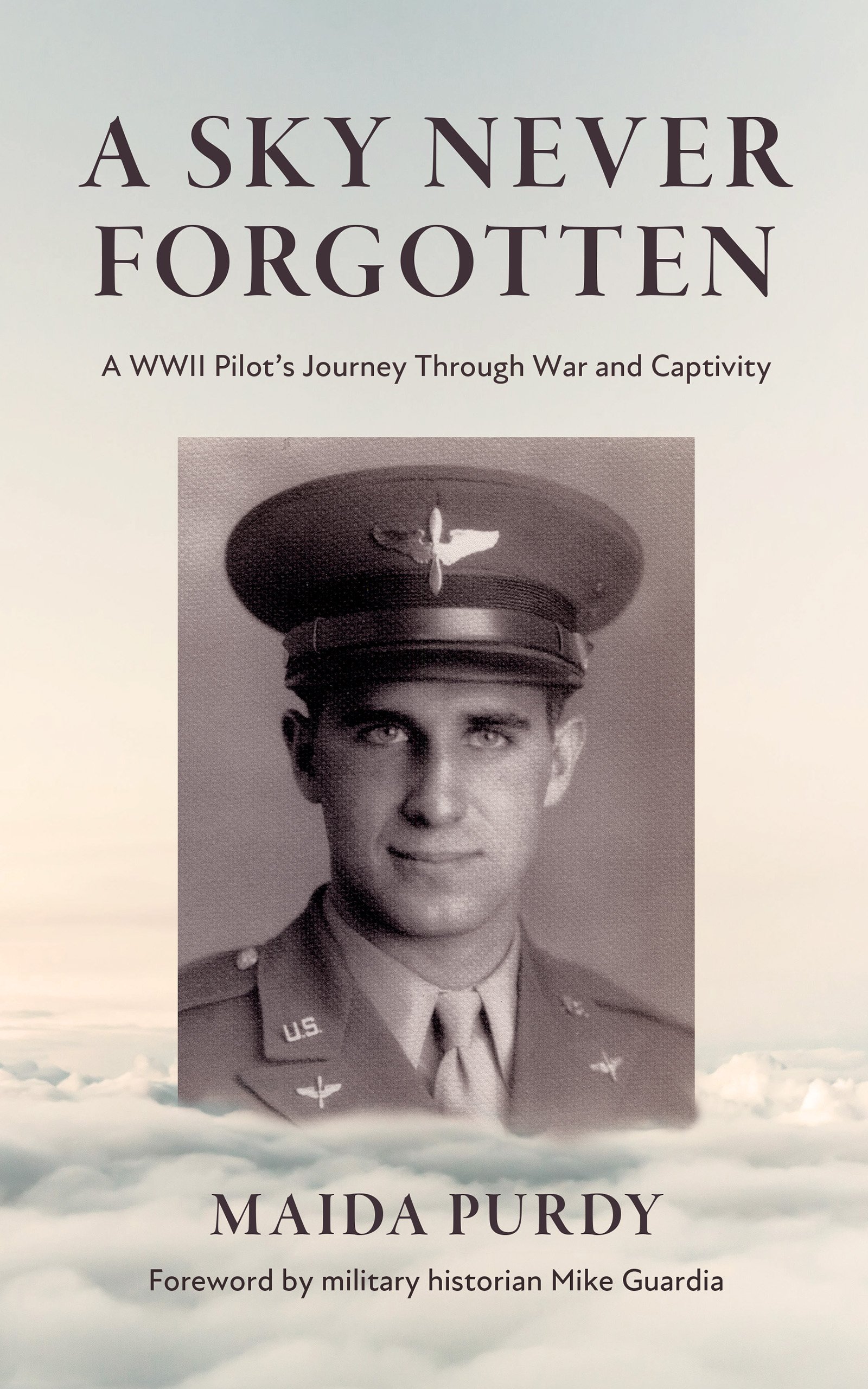Roger Arendsee the mission of August 12, 1944
Roger Arendsee notes on the mission of August 12, 1944:
When so many of them might qualify as ”best of the worst,” how does one select one harrowing mission over any other?
Sunday, August the 12th, 1944, started out pretty much the same as any other day on which we were scheduled to fly. Out of the sack before daylight, shave with cold water, wake up, breakfast of powdered eggs and "home baked" bread, and off to the squadron briefing room for radio operators.
As soon as the briefing began, it was clear to me that it was going to be a long day. We were well aware that things were heating up for something big on the south coast of France. As part of that, today’s target was to be the submarine pens at Toulon, France. We figured that it shouldn't be too bad, however, since all we had to do was come in from the sea, drop our bombs, and turn quickly back out to sea. That way Jerry wouldn't have much time to zero in on us, and we'd be home free. At least that's the way we planned it.
Soon our crew got together on the truck for the trip down to our plane. By now, having been together since just after the first of the year, we had developed a close camaraderie and a great deal of confidence in each other, individually and as a crew. Though we would have to admit to a certain amount of anxiety with each mission, we knew we could do any job we might be given. Tom Mackie, our pilot, was one in whom we all had the utmost confidence. The rest of the crew consisted of Ed Eide, copilot; Maurice Monowitz, navigator; Robert “Robbie” Robertson, bombardier; Norman Tate, engineer; Ed Sulkosky , top-turret gunner; Bill Berry, ball-turret gunner; Ted Lundberg, tail gunner; and me as radio-operator. So help me, l can't remember who took our nose-gunner's place that Sunday since our original gunner had been sent home after having gone “flak-happy.”
Each of us performed our pre-flight inspections and took a 100k at those 2,000 pound bombs which would soon bring destruction down on Jerry's sub pens at Toulon. I’d sure hate to be there when they hit.
With the exception of our periodic oxygen checks, not much was said on the way to the target. Each of us tended to our own jobs and divided any spare time between admiring the fluffy white clouds, wondering whether that guy on our wing really was trying to stick his wing in our waist window, and all the while absorbed in our own private thoughts.
All went well en-route until we were well out over the Tyrrhenian Sea headed for the coast of France (someone broke radio silence to ask if anyone knew where the fuel transfer control s had been moved to on their plane, but that did not have much effect upon our crew). Suddenly, ugly black streaks began to make dirty tracks on the wing and trail a fine black thread behind it as one of our engines began losing oil. Not a lot at first, but enough that it was reason for concern. We droned on until after what seemed like a long time, and the coast of France carne into view through the haze. We were at 20,000 feet when we reached our IP and turned onto a straight and level heading for the target.
So far so good. Everything seemed to be going well, and then our nose-gunner had to go and spoil it all as he carne on the inter-com with the announcement, “Flak, heavy and intense, at 12 o'clock level!" By now, I was busy working off my nervous energy by tossing "chaff" out the camera hatch and flinching at the “Whump, whump" of the bursts of flak that sounded like someone throwing shovels full of gravel against a sheet of corrugated metal.
All at once the plane began to shudder, and the "chaff” began to fly back up into my face. Surprised and startled, I looked out the waist window and was shocked to see that we were no longer flying straight and level but were in an exceedingly steep dive. What had happened? I 'd heard no extra loud burst of flak, and there were no fighters in the area. The hatch into the bomb bay was open, and the wind was blowing extra strongly back into the waist. I could see that the bombs were gone, and the bomb bay doors were still open. Because the door at the other end of the bomb bay was also open, I tried to see if there was anyone on the flight deck. There was no movement up there, so I got on the inter-com and tried to raise someone from there or the nose section. There was no answer, and we were still in a dive. Were the pilot an copilot all right? (Did you ever notice how lonesome and frustrating it can be back in the waist of a B-24 when you are not sure there is anyone up front?) Meantime, Bill Berry came up out of the ball-turret, and Ted Lundberg carne out of the tail-turret. They each plugged into an oxygen station as we looked at one another as if to ask, "Should we bail out?” We attached our front packs to our parachute harnesses and decided we would wait just a few moments longer, and if nothing was heard from the flight deck, we would "hit the silk".
We worked our way up the slanting deck past the open waist windows and were crouching by the open camera hatch just about to, leave when to our profound relief, we sensed the plane begin to level out. After what seemed like an eternity, Mackie came on the inter-com and announced that everything was under control and that we were heading for home by ourselves. Whew!
We learned now what had happened. We had lost most power on the engine with the oil leak, and then something let loose in another engine, and all the hydraulic fluid suddenly "flew out.” The prop began to windmill, and because the fluid was gone, it could not be feathered. Before long, the engine froze up, and the prop came to a stop with its flat side facing forward causing extra drag. (You can probably see by my description why I was the radio operator rather than the engineer.) This in turn caused us to fall behind the formation and head into the flak more slowly than the others. We were also falling back into a following formation. Mackie held off as long as he could and then ordered the bombs to be salvoed. This done, he put the Lib into a steep dive to get out of the flak. They had all been too busy controlling the situation to let anyone know what was happening. We dove from 20,000 feet down to 10,000 feet before he and Eide pulled it out. Still losing power and having difficulty maintaining our altitude, we threw anything and everything we could spare (extra ammunition, flexible guns, frozen fruit cocktail, bread, and lots of other stuff) overboard to lighten our load. Fortunately, there were no German fighters in the area. However, we still were gradually losing altitude, so Monowicz set a course for Ajaccio, Corsica, where we landed without incident with two and a half engines. Later that day, a crew which was returning another B-24 to their own base gave us a lift back to San Pancrazio.
As we headed east, never had the setting sun, framed in the window of the tail turret, looked so good. There were other missions which were much worse, but that was one August Sunday which has remained vivid in my memory.
The website 376bg.org is NOT our site nor is it our endowment fund.
At the 2017 reunion, the board approved the donation of our archives to the Briscoe Center for American History, located on the University of Texas - Austin campus.
Also, the board approved a $5,000 donation to add to Ed Clendenin's $20,000 donation in the memory of his father. Together, these funds begin an endowment for the preservation of the 376 archives.
Donate directly to the 376 Endowment
To read about other endowment donation options, click here.
Reunion
NOTE change in the schedule !!
DATES: Sep 25-28, 2025
CITY:Rapid City, SD
HOTEL: Best Western Ramkota Conference Hotel; 2111 North LaCrosse St., Rapid City, SD 57702; 605-343-8500
Click here to read about the reunion details.
